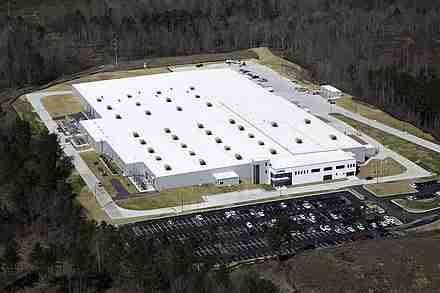Compare Solar Quotes
Compare solar quotes from top-rated installers in your area. Start saving money on your electricity bill today!
Get Quotes
Save time by completing one form & get 3 quotes instantly while only dealing with Solar Directory.
Compare Prices
Compare prices from highly rated and reputable solar installers.
Pick The Best
We only work with reputable installers that are fully licensed and insured.
Why compare solar quotes
The time spent researching a major purchase should be no different when it comes to solar. And the process of choosing which system is right for you can often feel overwhelming, especially if there are so many options available!
On average people look at between 3-4 systems before finally deciding on their perfect match; but with all these choices out there how do we know what will work best? Luckily help may have arrived in our inboxes just recently because now scientists from MIT Media Lab say that they’ve developed software called “Solar Scorecard” designed specifically as an aid for people deciding to go solar.

By utilizing this technology we take the hard work out of finding, calling, and trying to compare quotes from different installers, by gathering custom solar quotes from local installers on your behalf and putting them in an easy-to-compare, side-by side format.
And the best part? The Solar Directory technology is completely free for you to use.
Comparing multiple solar quotes saves you money

There are two primary reasons that comparing solar quotes can save you money: competition and transparency. The competition effect means each additional quote will help in finding the right system for your home, at a competitive price point. Transparency becomes trickier to put into numbers but knowing what equipment is going onto our roofs, helps ensure we’re getting an excellent solution tailored exactly how we want it!
When you receive multiple solar quotes through Solar Directory, the two of these components are utilized to ensure that your home’s energy needs will be met with a more affordable and sustainable alternative. Plus, going solar can cost as much as 15% less with our software!
Not sure if solar would be worth it? Check out our solar savings calculator and see how much solar can save you.
Contact Us
Phone
(954) 379-2151
Timing
Open Mon - Friday
9am - 7pm
Open Saturdays
11am - 7pm
Areas Covered
Alabama, Arizona, Arkansas, California, Colorado, Connecticut, District Of Columbia, Florida, Georgia, Illinois, Kansas, Louisiana, Maryland, Massachusetts, Michigan, Mississippi, Missouri, Nevada, New Jersey, New Mexico, North Carolina, Ohio, Oklahoma, Pennsylvania, Rhode Island, South Carolina, Tennessee, Texas, Utah, Virginia, West Virginia, and Wisconsin


